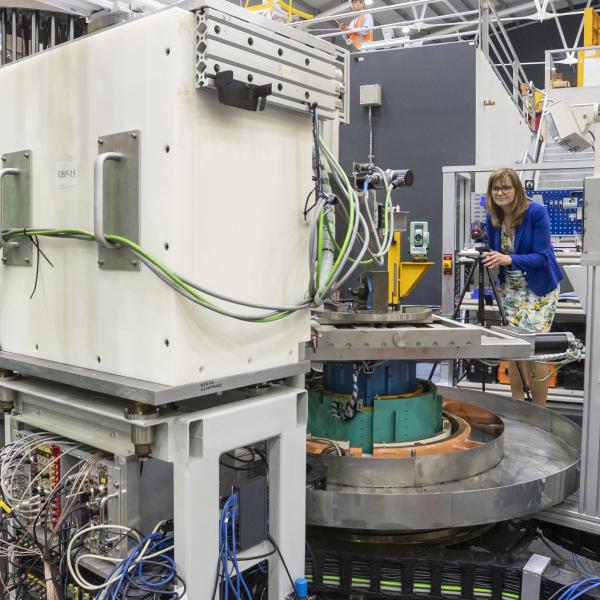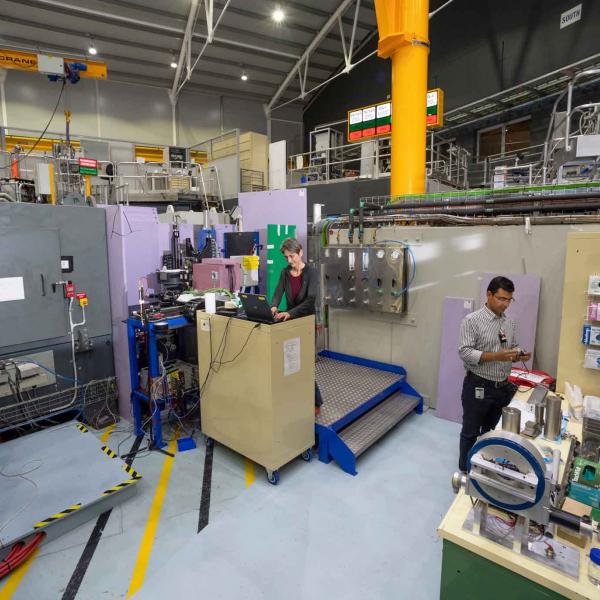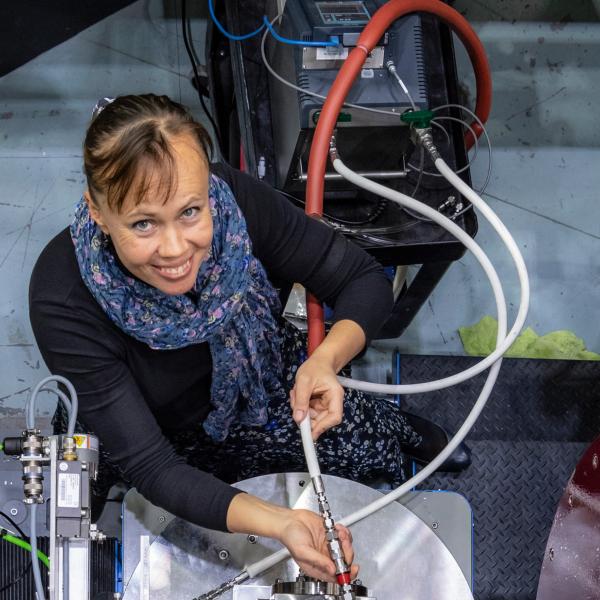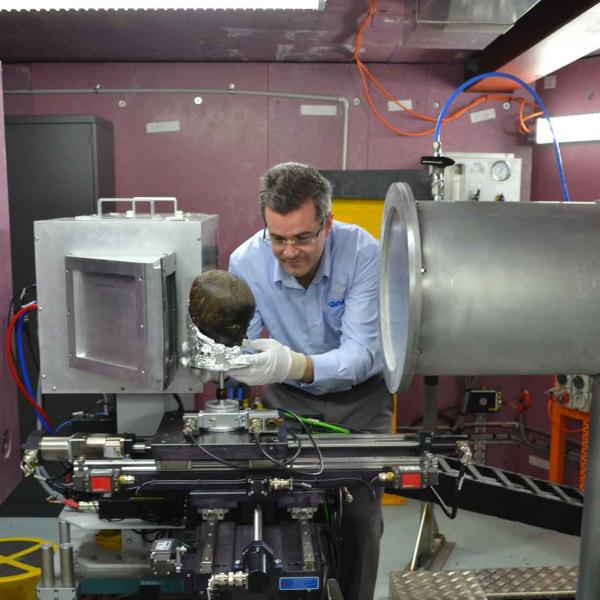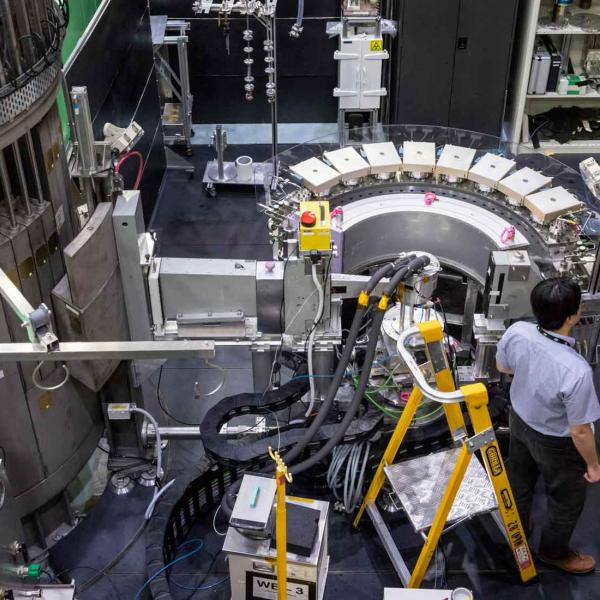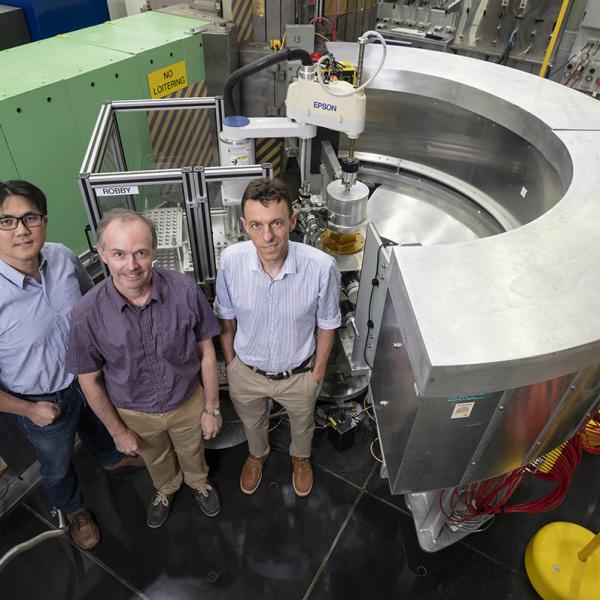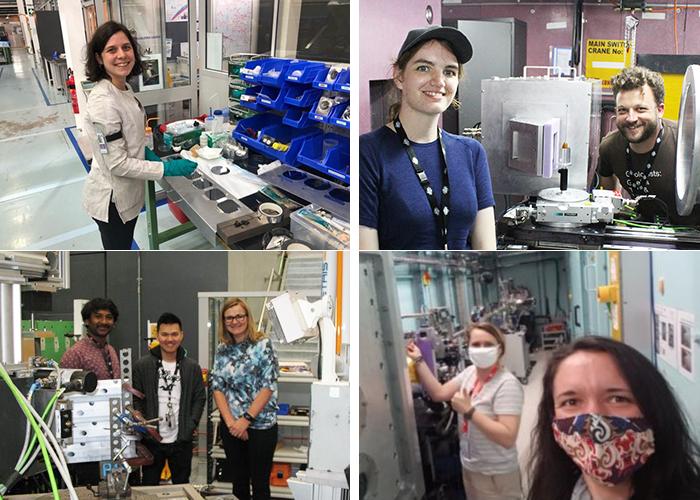
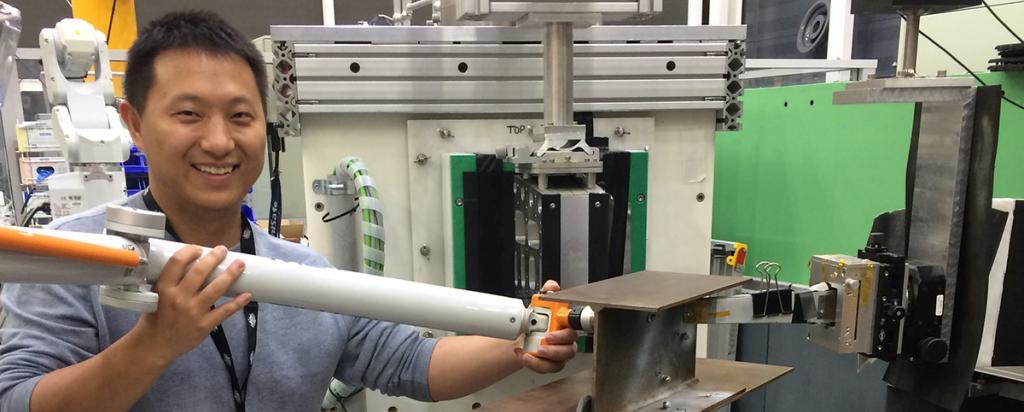
Published on the 16th September 2021 by ANSTO Staff
The Australian Centre for Neutron Scattering and National Deuteration Facility have announced the first recipients of the Neutron and Deuteration Impact Awards.
The competition enabled researchers, who used these landmark facilities over the past three years, to put their wider science communication skills to the test, and to summarise their work and describe its impacts.
“ANSTO wants to capture the wider beneficial impact of research that we support with our suite of instruments and facilities,” said Dr Jamie Schulz, Leader, Australian Centre for Neutron Scattering.
ANSTO provided a voucher to each researcher who entered the best submission in each National Science Research Priority area.

(Top row left) Meltem Bayrak (Top row right) Chris Mays' team members Maggie Ann Harvey and Andrew Langendam (Botton row left) Taposh Roy, and Quan Hoi with Ania Paradowska (Bottom row right) Izabela Miłogrodzka and Leonie van ‘t Hag (Pictured above) Dongxu Li
The recipients were:
- Transport
Advanced laser cladding technology for heavy haul rail repairs
Taposh Roy, Monash University graduate currently at Metro Trains Melbourne, who collected data with the Kowari strain scanner - Food
The influence of protein gel microstructure on digestion under simulated physiological conditions
Meltem Bayrak, CSIRO and RMIT, who collected data with the Kookaburra ultra-small angle neutron scattering instrument and Quokka small angle neutron scattering instrument - Advanced Manufacturing
Residual stresses of box and I shaped columns fabricated from S960 ultra-high-strength steel
Dongxu Li, University of Sydney, who collected data with the Kowari strain scanner - Health
Therapeutic peptide encapsulation efficiency and conformation in contrast-matched lipid cubic phases
Leonie van ‘t Hag, Monash University, who collected data with the Bilby small angle neutron scattering instrument from samples prepared at the National Deuteration Facility - Environmental Change
Burning back the tree of life – the role of fire in mass extinction events
Chris Mays, Swedish Museum of Natural History, who collected data with the Dingo neutron imaging instrument - Soil and Water
Understanding the fundamental mechanism behind the corrosion front in acid corroded concrete
Shima Taheri, Macquarie University, who collected data with the Dingo neutron imaging instrument - Energy
The mechanism of Mg- and Ti- doped LiNi 0.5Mn1.5O4 as a high voltage lithium ion battery electrode; investigation of mechanistic behaviours and working mechanism of new type
LiNi0.5Mn1.5O4 || TiNb2O7 full batteries
Wei Kong Pang, University of Wollongong -– who collected data with the Wombat High-intensity powder diffractomter and Echidna High-resolution powder diffractometer instruments
“With no entries this year in the resource or cybersecurity categories, we hope our next competition will encourage some of users to enter in these areas,” said Schulz.
“We were really impressed by the standard of entries and sincerely thank everyone who made a submission. Those who were successful will be used as case studies for ANSTO and highlighted on the ANSTO website in consultation with the successful researchers,” he added.
The team of representatives from ANSTO who judged the entries included Prof Garry McIntyre, Dr Rob Acres, Dr Anthony Duff, Susan Bogle and the Australian Neutron Beam Users Group (ANBUG) communications representative Dr Karyn Jarvis of Swinburne University.
